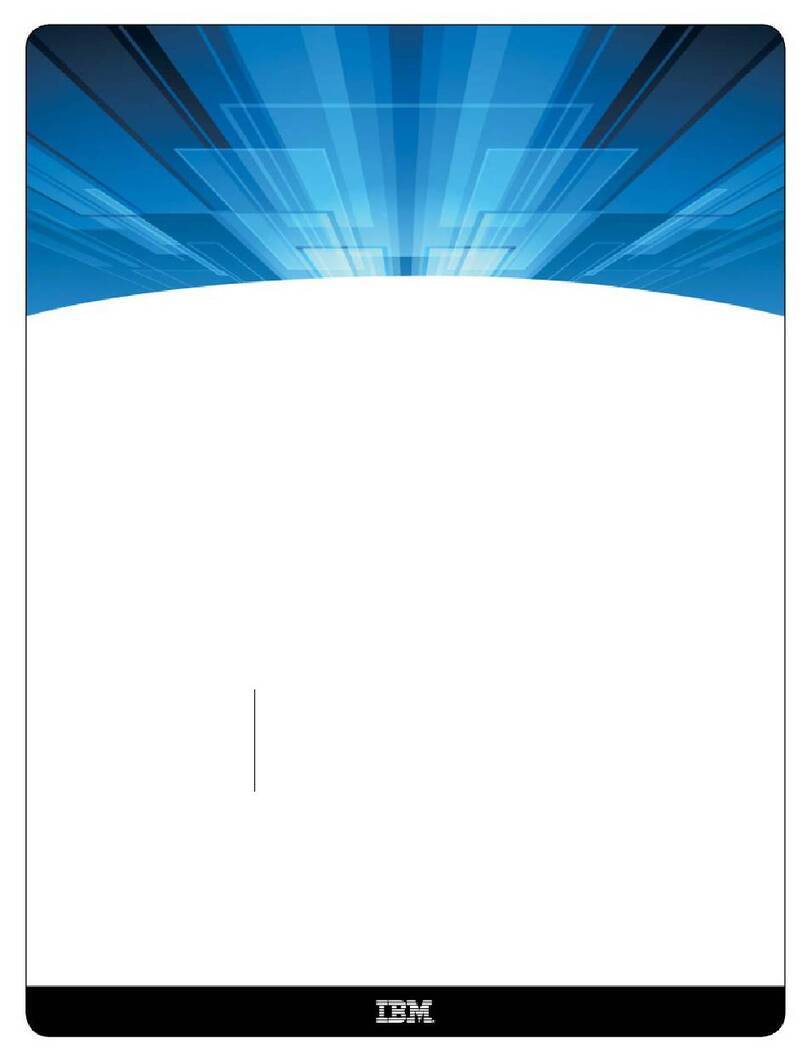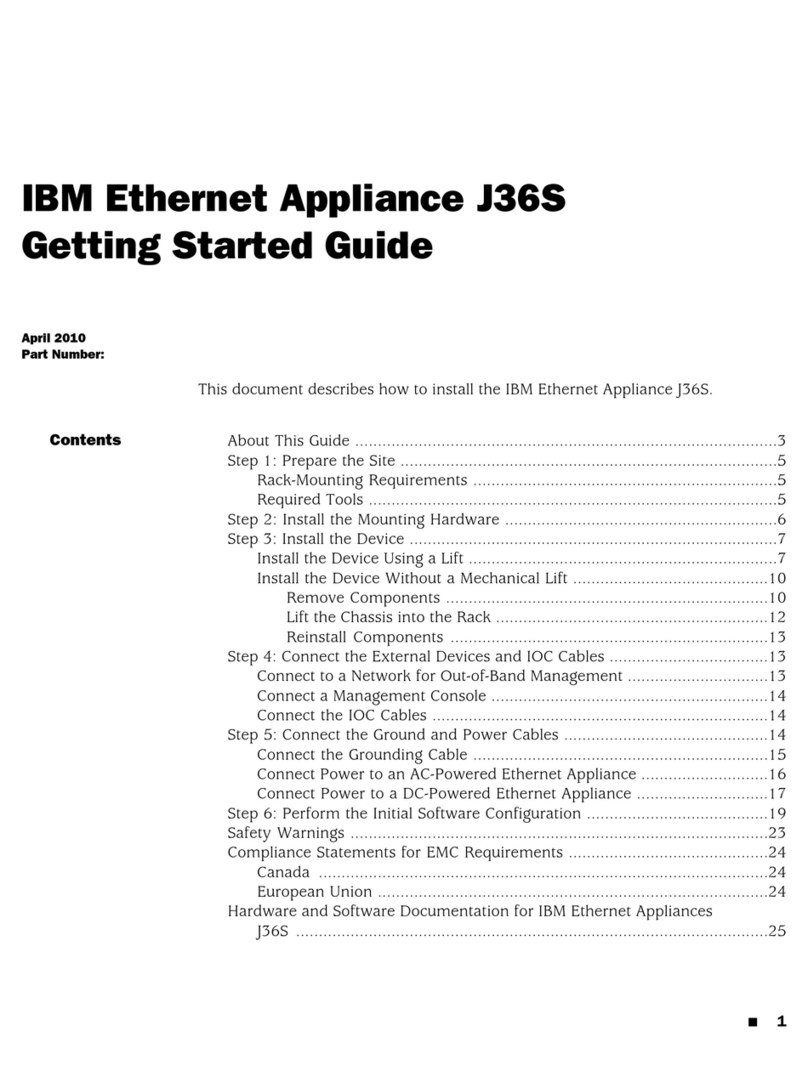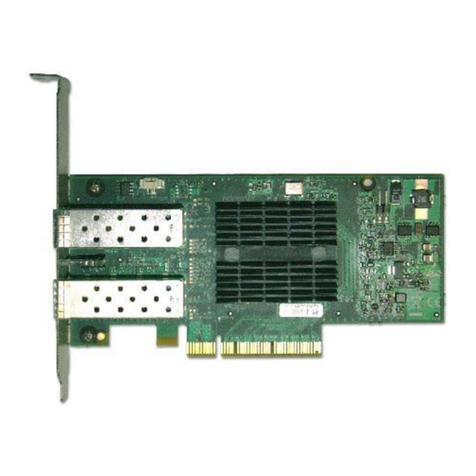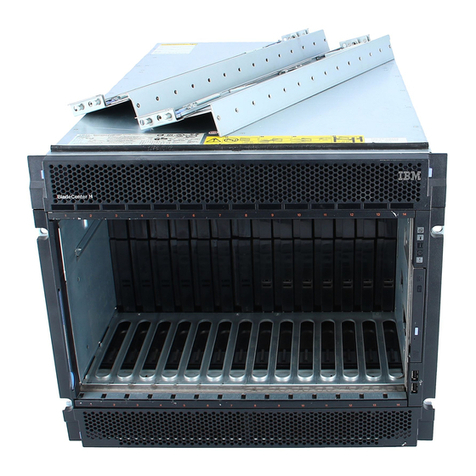IBM 8677 - BladeCenter Rack-mountable - Power... User manual
Other IBM Network Hardware manuals
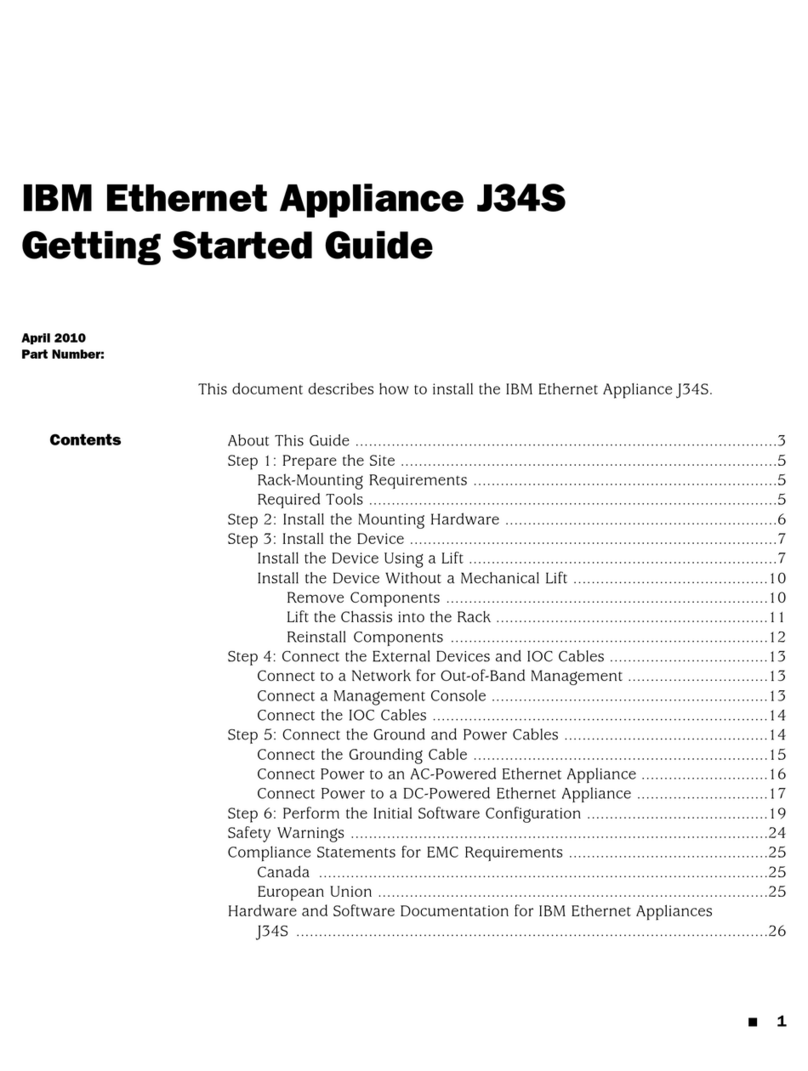
IBM
IBM Ethernet Appliance J34S User manual
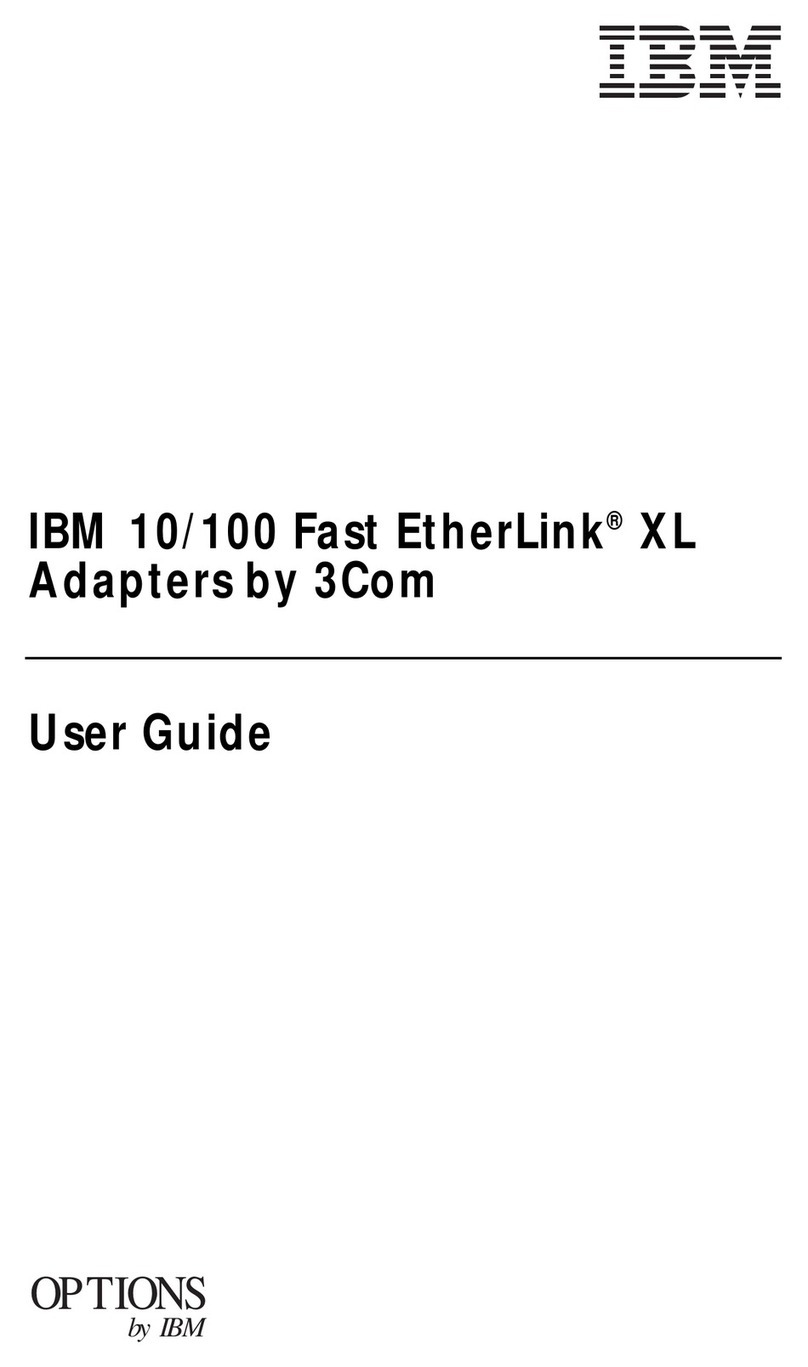
IBM
IBM EtherLink XL User manual
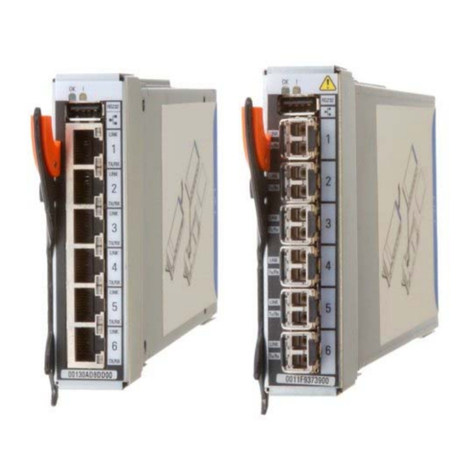
IBM
IBM 32R1860 - Nortel Layer 2/3 Copper GbE Switch... User manual
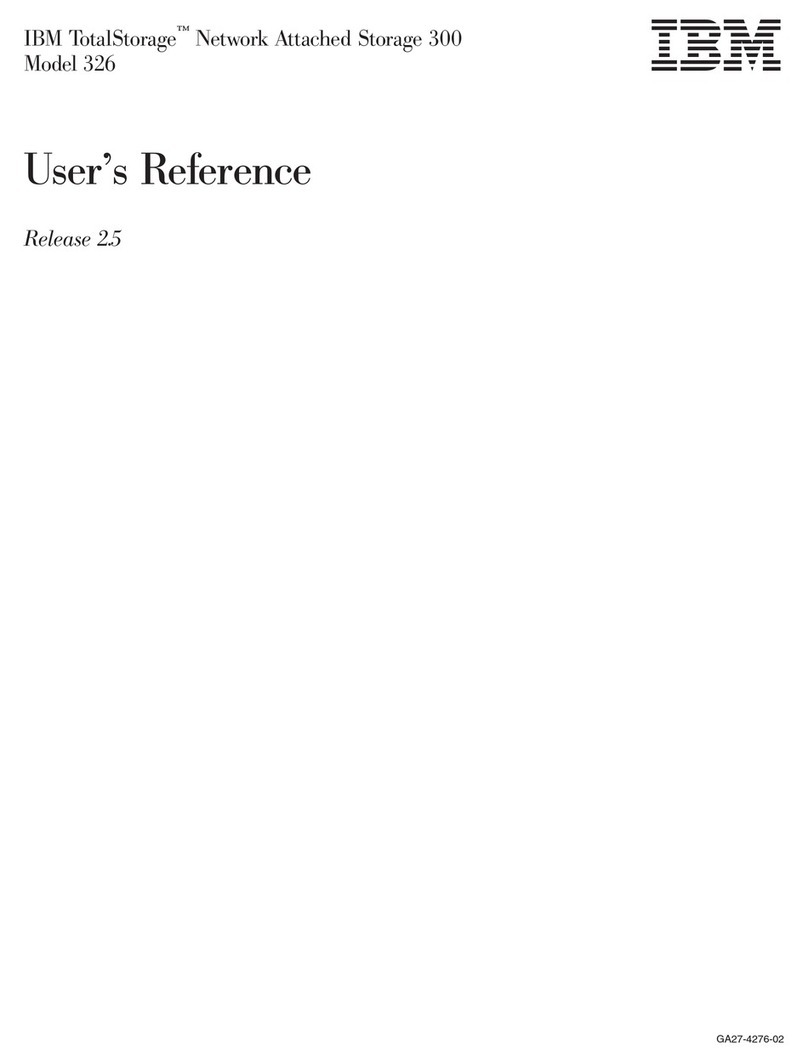
IBM
IBM totalstorage 326 Service manual
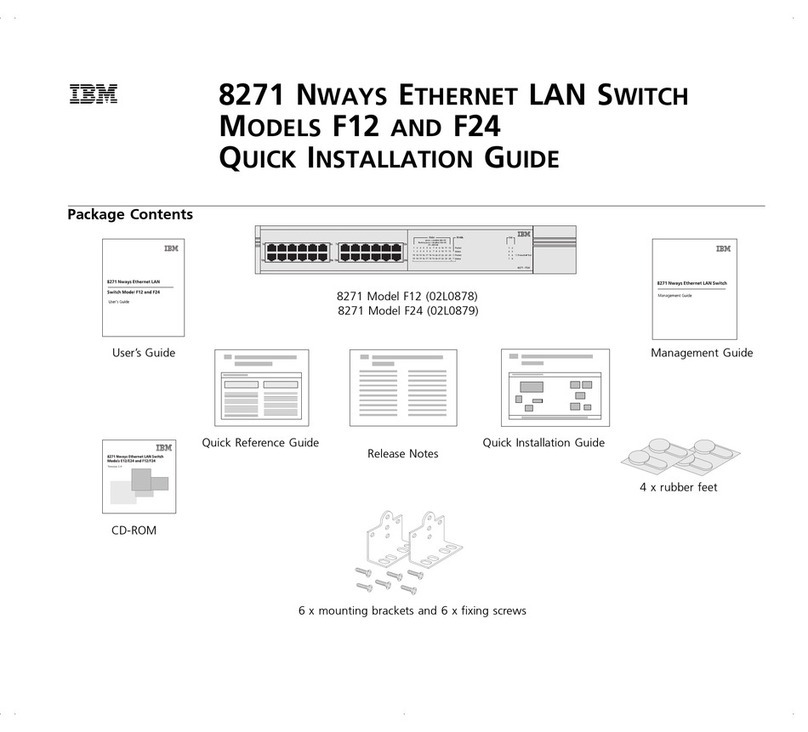
IBM
IBM 8271 F12 User manual
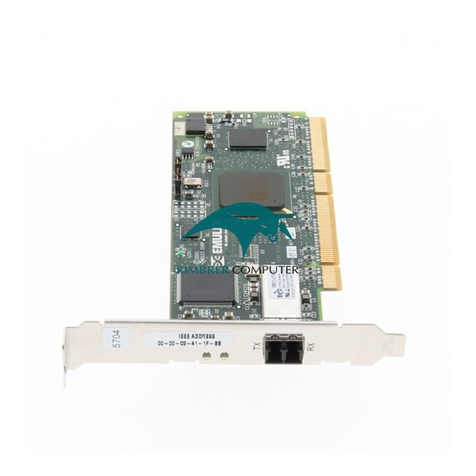
IBM
IBM Gigabit Fibre Channel PCI Adapter 4-S Guide
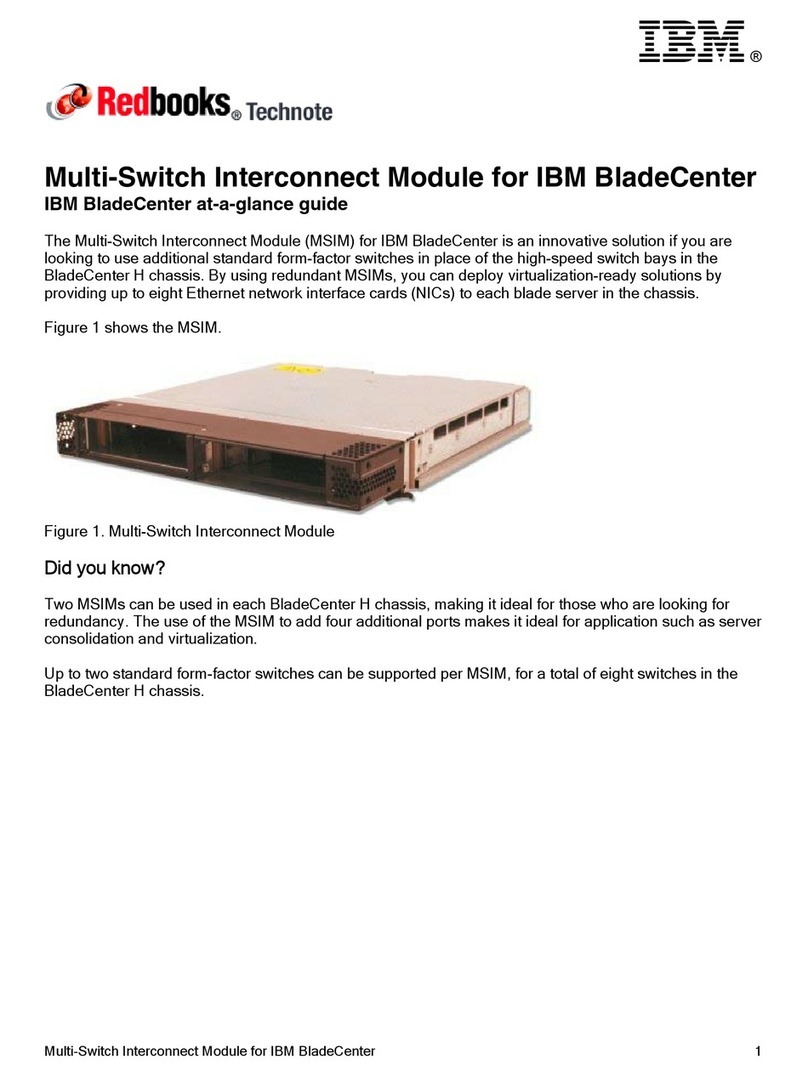
IBM
IBM 39Y9314 Manual
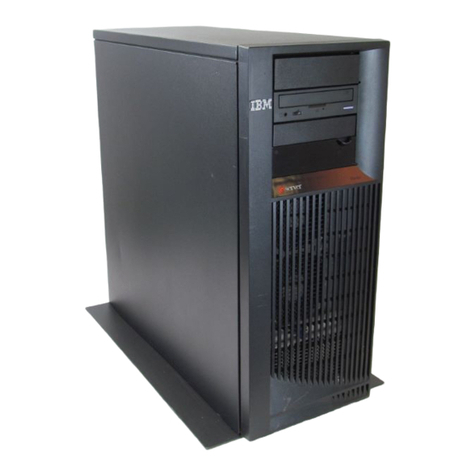
IBM
IBM AS/400 Instructions for use
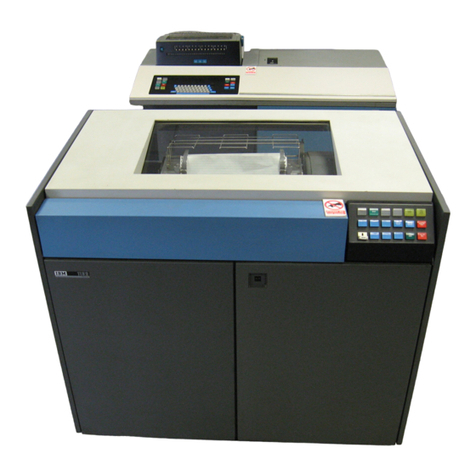
IBM
IBM 360 User manual
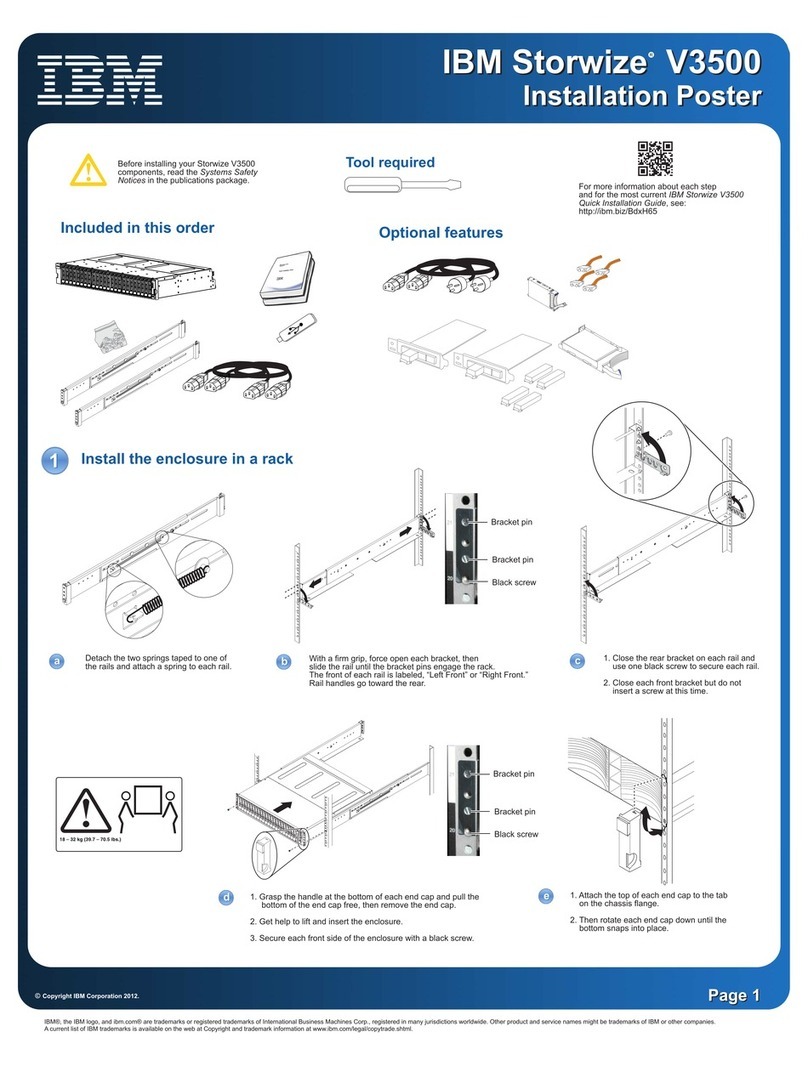
IBM
IBM Storwize V3500 User manual
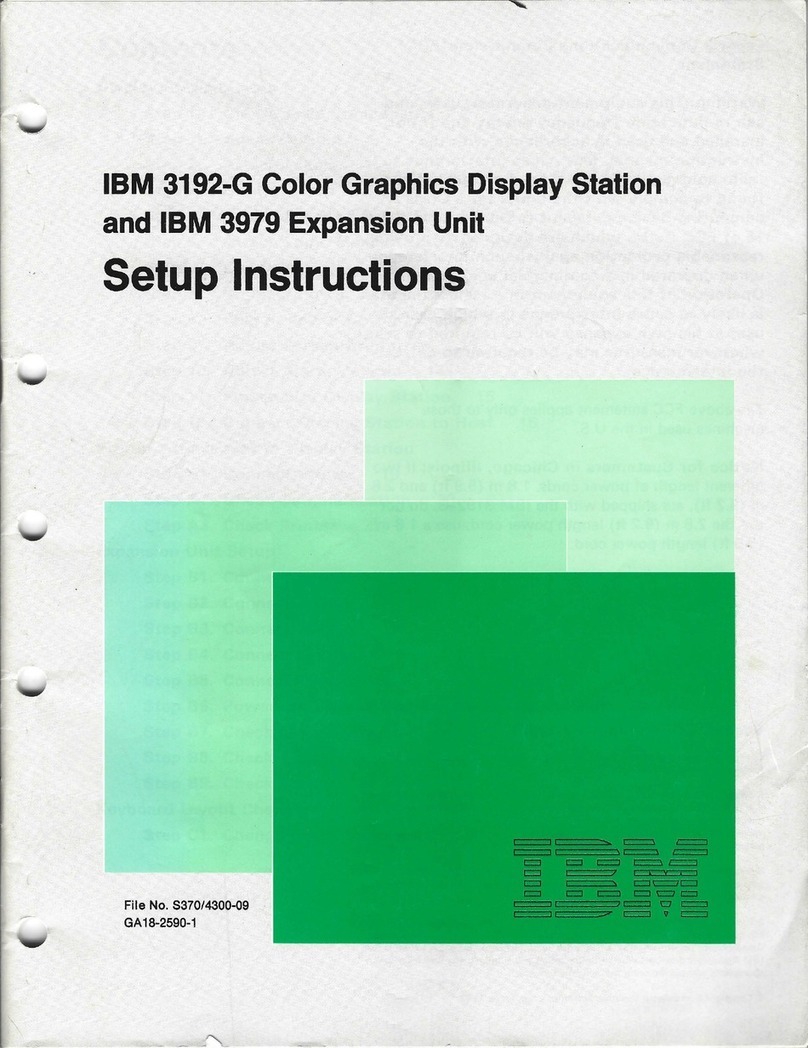
IBM
IBM 3192-G Manual
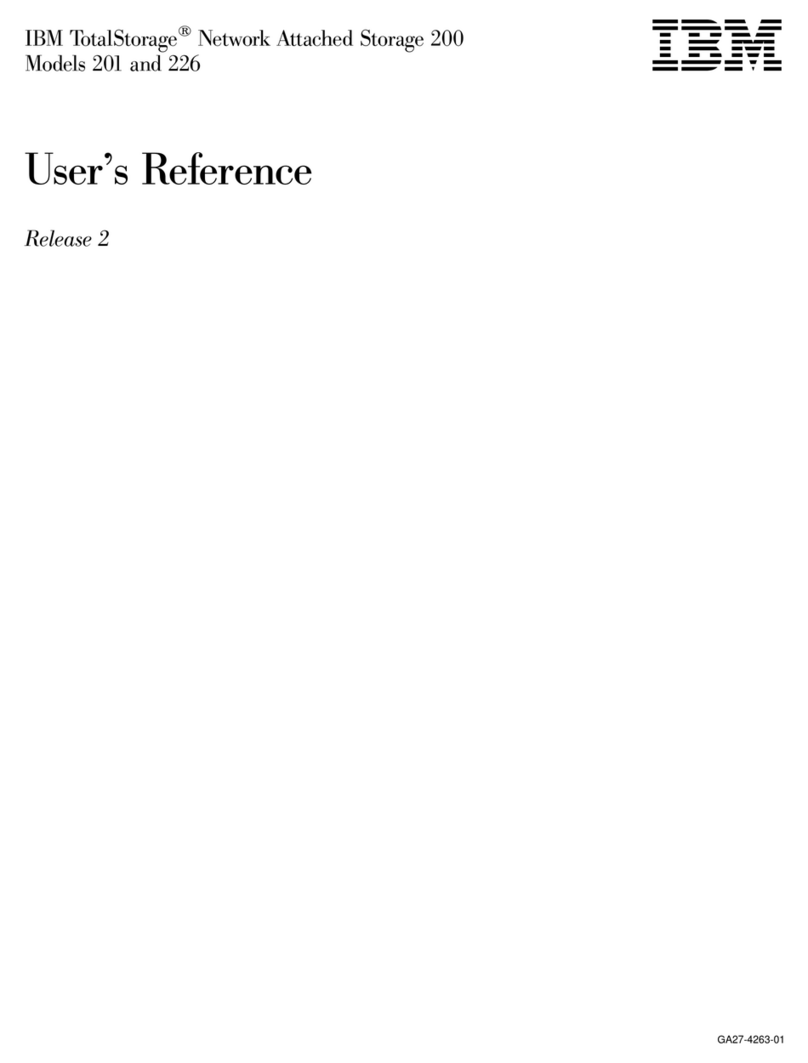
IBM
IBM TotalStorage 201 Product information sheet

IBM
IBM TS4300 User manual

IBM
IBM TS4300 User manual
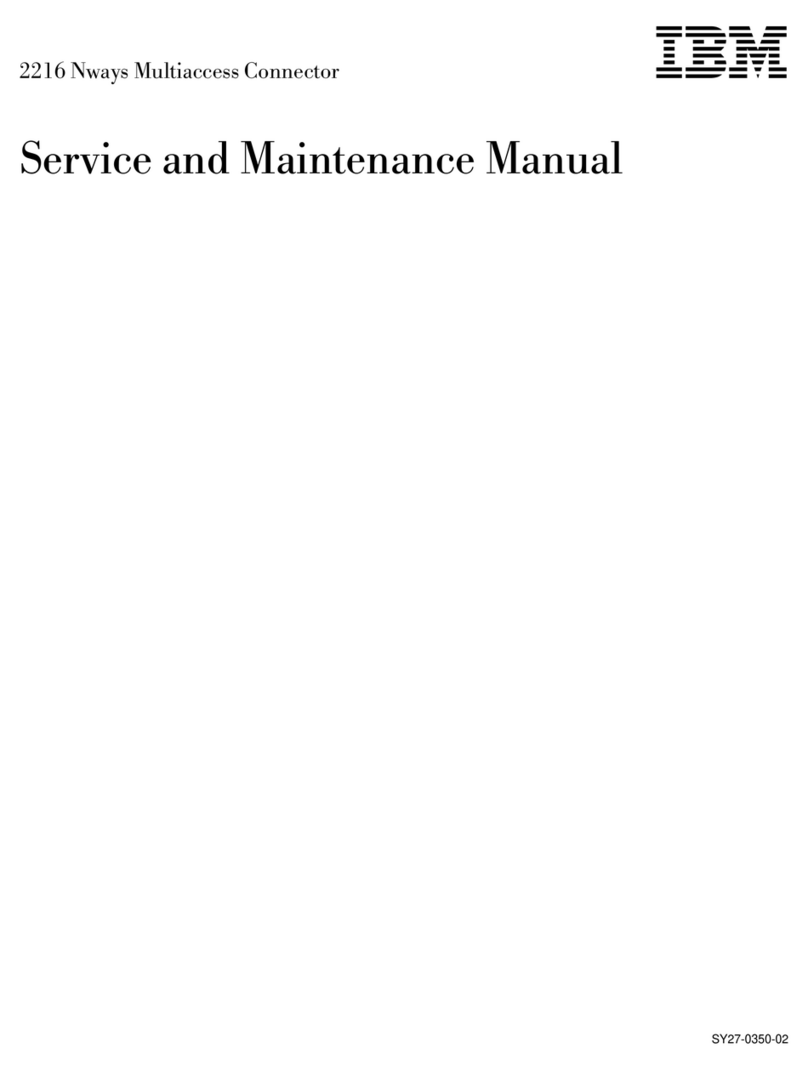
IBM
IBM Nways 2216 Installation and user guide
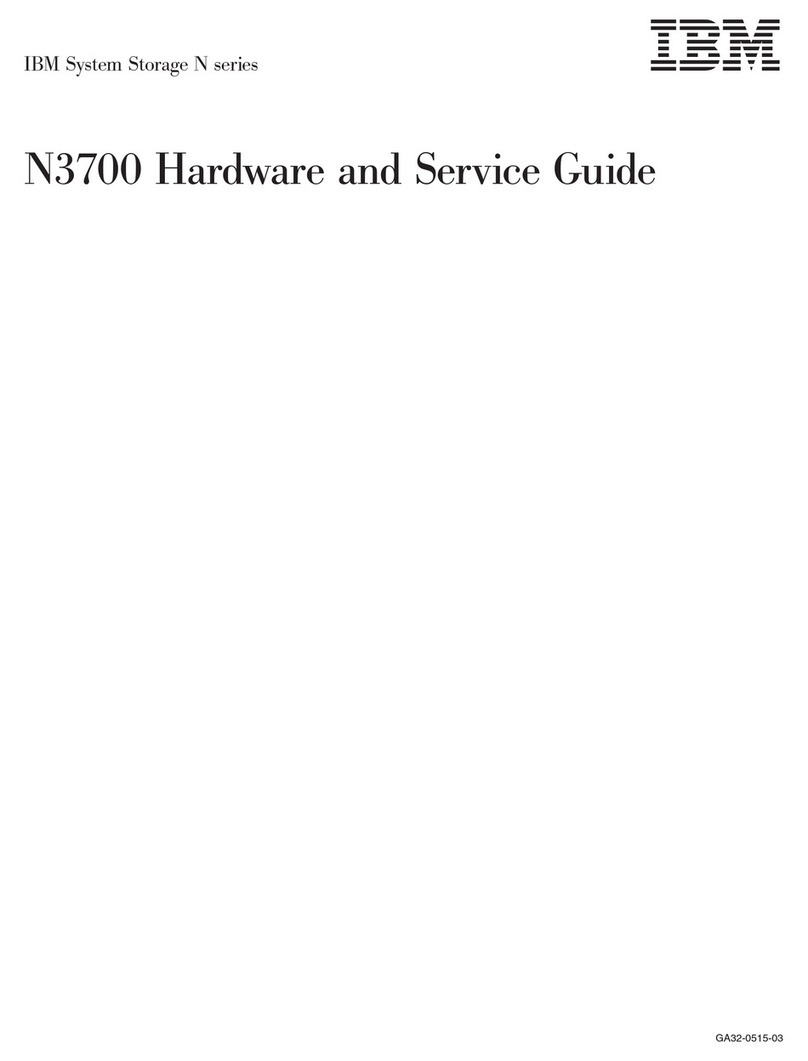
IBM
IBM System Storage N3700 User manual
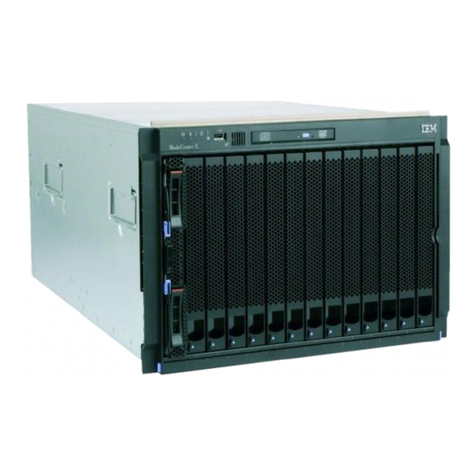
IBM
IBM 8677 - BladeCenter Rack-mountable - Power... Technical manual
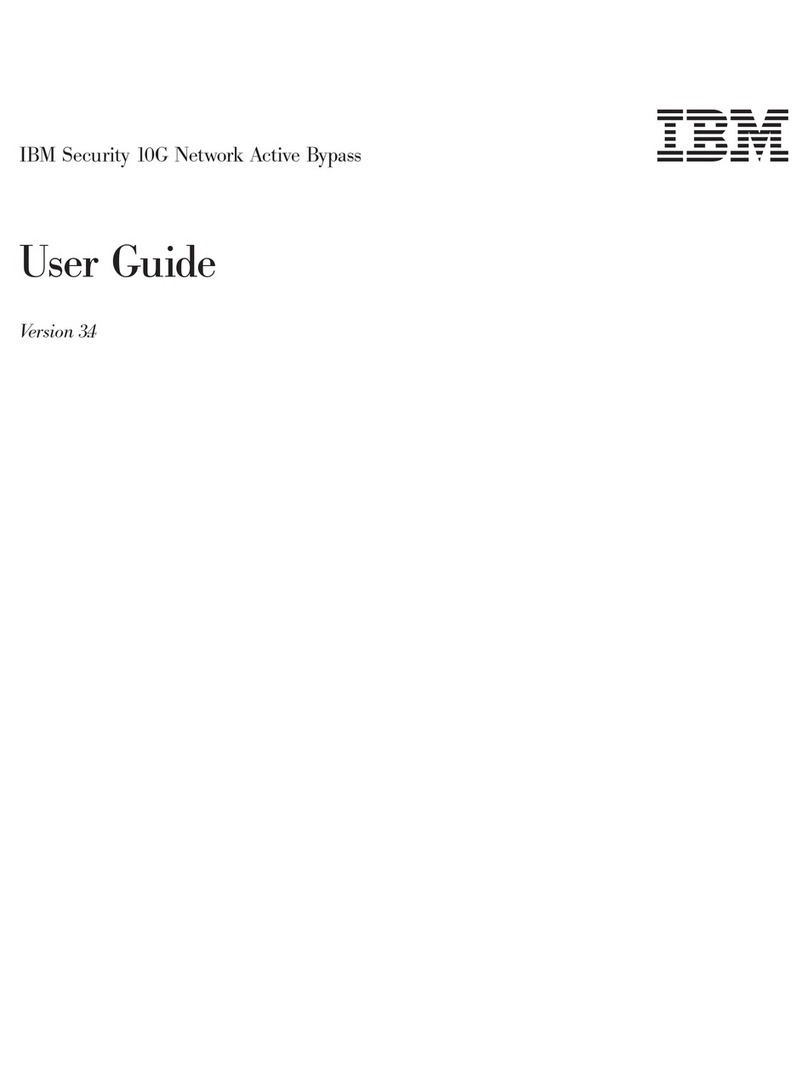
IBM
IBM 10G Network Active Bypass User manual
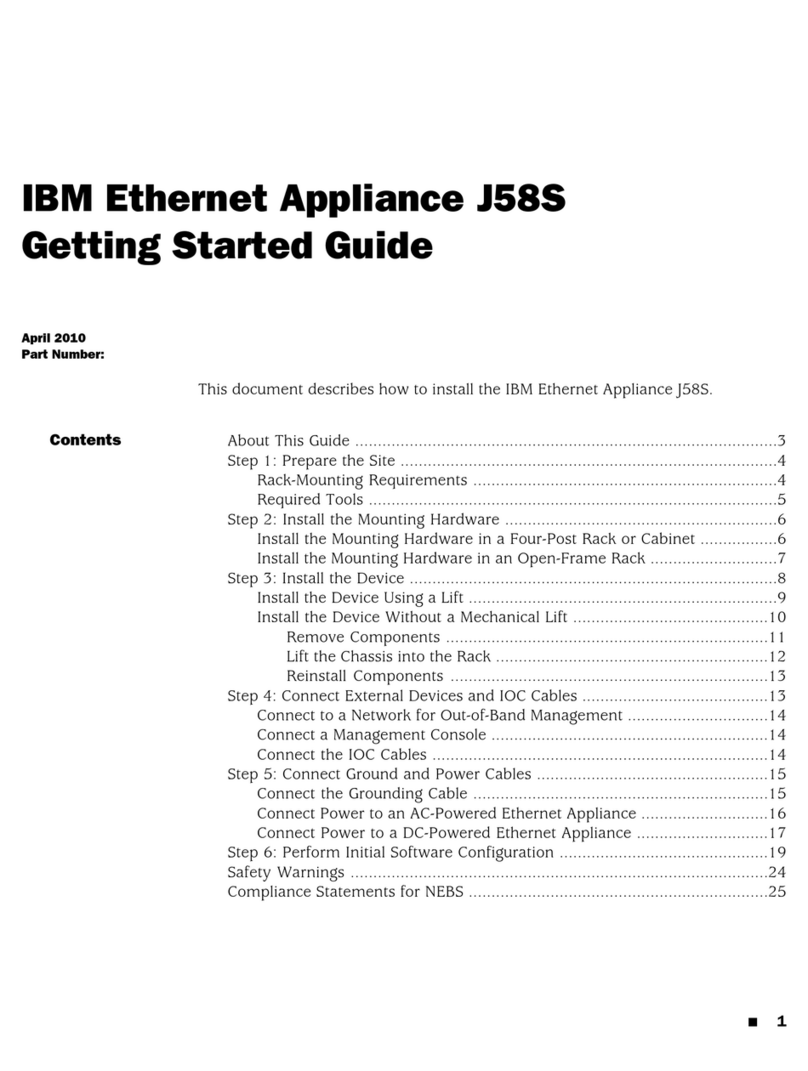
IBM
IBM J58S User manual
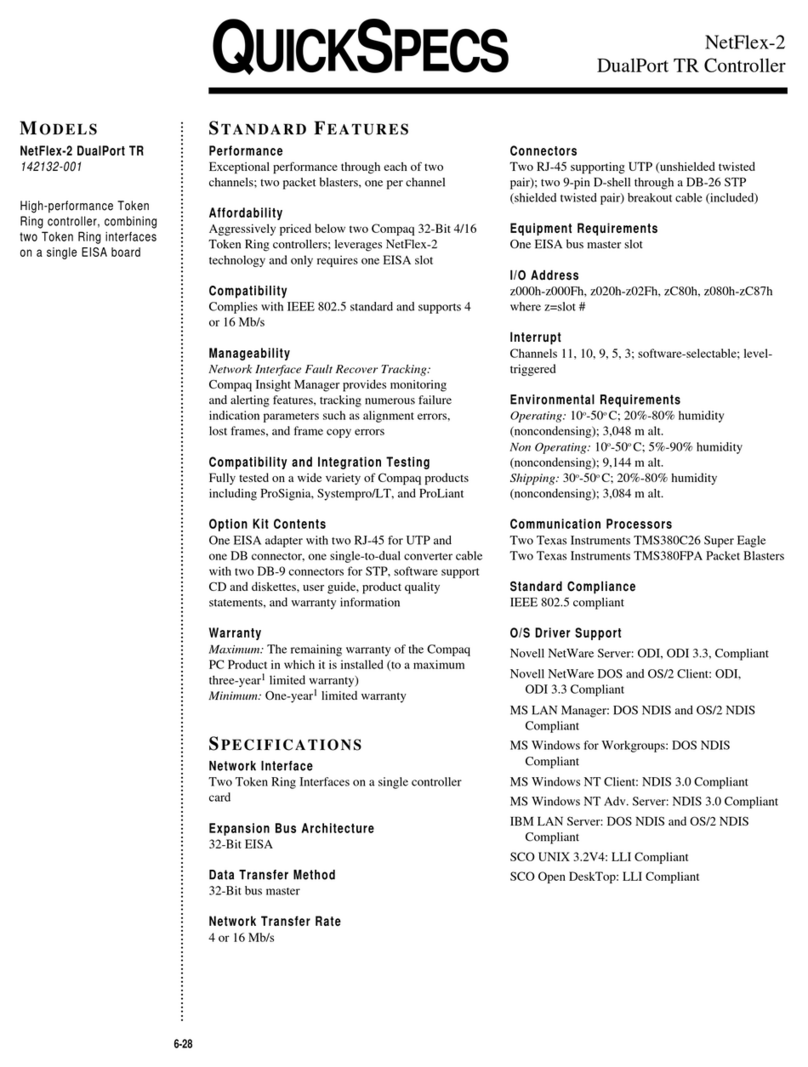
IBM
IBM DualPort TR Controller NetFlex-2 User instructions
Popular Network Hardware manuals by other brands

Cisco
Cisco CGR 1000 Series Getting connected guide

Matrix Switch Corporation
Matrix Switch Corporation MSC-HD161DEL product manual

National Instruments
National Instruments NI 653x user manual

B&B Electronics
B&B Electronics ZXT9-IO-222R2 product manual

Yudor
Yudor YDS-16 user manual

D-Link
D-Link ShareCenter DNS-320L datasheet
